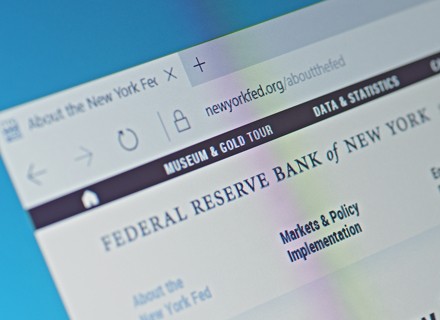Oil prices increased amid the hopes of the United States’ Federal Reserve ceasing its monetary policy tightening cycle, boosting the economy and rising fuel demand.
March delivery Brent futures were up by 48 cents, or 0.6%, to USD 86.64 per barrel, while March delivery United States oil was up by 54 cents, or 0.7%, to USD 80.87 per barrel.
The benchmarks were on track to post increases for a second consecutive week. Both surpassed their highest closing levels since December 1 by 1%.
In a poll by Reuters, most economists said that the Fed would stop tightening its monetary policy (which started in 2022) after raising interest rates by 25 basis points at each of its upcoming policy meetings and then leave them the same for the rest of 2023.
John Williams, president of the Federal Reserve Bank of New York, stated that the financial year will continue to raise interest rates and that there are some indications that the extreme inflationary pressures may be beginning to subside.
Several other Fed officials agree that the rate of rate increases should slow down.
The dollar index, however, was on track to have its second straight weekly fall. This is because petroleum is more affordable for foreign customers when the dollar is weaker.
According to the latest export data from the Joint Organisations Data Initiative, Chinese oil demand rose by about 1 million barrels per day (BPD) from the previous month to 15.41 million BPD in November, the highest level since February. This helped prices.
Asian trading was slower due to the Lunar New Year holiday. However, analysts said that optimism regarding China’s reopening will likely drive oil prices higher.
Data shows a solid pick-up in travel in China after COVID-19 curbs were eased, ANZ commodity analysts said in a note, pointing to a 22% jump in road traffic congestion so far in January 2023 against a year earlier in the country’s 15 key cities.
According to the chairman of the International Energy Agency (IEA), Fatih Birol, tighter energy markets in 2023 could result from a recovery in the Chinese economy and the challenges the Russian oil sector is facing due to sanctions.
While speaking on the sidelines of the World Economic Forum annual meeting in Davos, Fatih Birol said, “I wouldn’t be too relaxed about the markets, and 2023 may well be a year where we see tighter markets than some colleagues may think.”
The jump in China’s traffic ahead of the Lunar New Year holiday bodes well for fuel demand after the two-week vacation.
“The expected surge in demand comes as the market braces for further sanctions on Russian oil,” ANZ analysts said further.
The European Union and Group of Seven (G7) coalition will cap prices of Russian refined products starting on February 5, in addition to their price cap on Russian crude in place from December 2022 and an EU embargo on imports of Russian crude by sea.
The G7 has agreed to delay a review of the level of the price cap on Russian oil to March 2023, a month later than originally planned.

